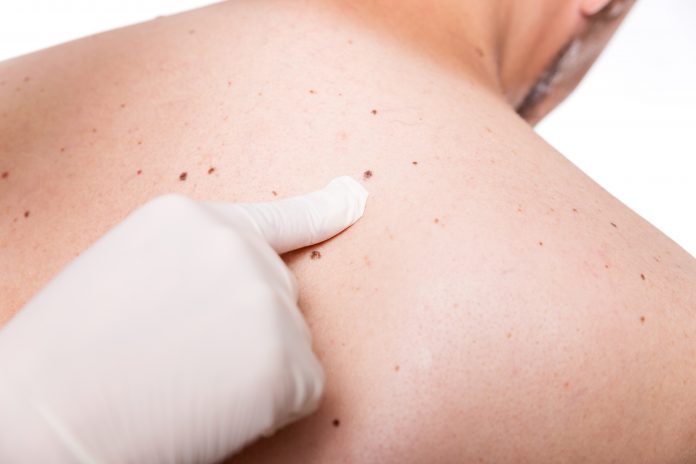We spoke to Dr Paul Banwell about the rise of men with skin cancer and how it’s vital to talk about it and raise awareness
Dr Paul Banwell is a leading plastic surgeon and highly- regarded expert in skin cancer. He is the Founder and former Head of The Melanoma and Skin Cancer Unit (MASCU) in East Grinstead, one of the largest skin cancer units in the UK. He has also published over a hundred papers, book chapters and monographs and several books (a recent Amazon best-seller has been widely acclaimed), runs a research unit and is a Visiting Professor of Plastic Surgery at Harvard Medical School.
In a previous article written for Open Access Government, Dr Paul Banwell walks us through what we need to know about ultraviolet radiation and skin cancer. This time, we have spoken to him about the rise of men with skin cancer and how it’s vital to talk about it and raise awareness of it.
Is skin cancer in men on the rise?
It’s a fact that men’s skin cancer rates have increased by 50% over a decade (according to Cancer Research UK). (1) Interestingly, over the last ten years, melanoma skin cancer among men in the UK has increased significantly more than rates of cancer for women, for whom they have risen by 30%. There is, concerningly, an 8% increase in death rates for men.
Skin cancer is not only on the rise for men, but it is more common in men.
In addition to this, men are also more likely to be diagnosed at a later stage than women, this in itself can often mean that they are receiving treatment later.
What do you put this disproportionate rise down to?
The rise in skin cancer in men in the UK is disproportionate to the increase in rates for women. There are a number of factors that could be to blame.
For one, skin cancers in men are often found on their torso, something that could presumably be explained by the fact that men are more likely to spend time outside without a top than women.
The back is obviously a large part of the torso, and this is a common place for skin cancer to occur. However, it is one of the hardest places for people to spot and identify themselves, purely because of the inability to easily see one’s back.
In addition to this, another factor could be the fact that men, traditionally, are less likely to apply SPF than women.
Another significant factor is the study funded by Cancer Research UK that found that men with high levels of testosterone have an increased risk of developing potentially deadly skin cancer. Thus suggesting that hormone levels can indicate a propensity to skin cancer and explain why it’s more common in men. (2)
Why it’s vital to talk about and raise awareness
In order to aid early detection, diagnosis and treatment of skin cancer in males, it’s vital to talk about this issue in order to raise awareness.
This also means raising awareness of the causes – most cases of skin cancer are caused by overexposure to ultraviolet (UV) rays from the sun, tanning beds, or sunlamps – and the measures that can be taken to protect skin from these UV rays.
It’s essential that a greater emphasis is placed on the importance of regular SPF application, even when it’s not sunny. Also, an improved system for checking the back for moles, be done with the help of a partner or by using a phone to take pictures and monitor changes.
In addition to this, improved education about how to spot the early signs are necessary.
There are different types of skin cancer; non- melanoma skin cancers and malignant melanomas.
Non-melanoma skin cancer refers to a group of cancers that slowly develop in the upper layers of the skin. These are the more common types of skin cancer.
The main types of non-melanoma skin cancers are Basal cell carcinomas and squamous cell carcinomas.
The less common type of skin cancer is known as melanoma, which can be more serious. Melanoma is a type of skin cancer that can spread to other organs.
The most common sign of melanoma is the appearance of a new mole or a change to an existing mole. Although it can happen anywhere, it’s most common on the back for men and the legs for women. They’re uncommon in areas that are protected from the sun’s UV rays, such as the buttocks and the scalp. Usually, melanomas are irregular in shape and at least two colours. So it’s important to remain vigilant for moles that change in shape, colour or size or can sometimes itch and bleed.
References
- Men’s skin cancer rates increase by 50% over decade – Cancer Research UK – Cancer news
- Higher testosterone levels in men linked to greater melanoma risk | Medical research | The Guardian











